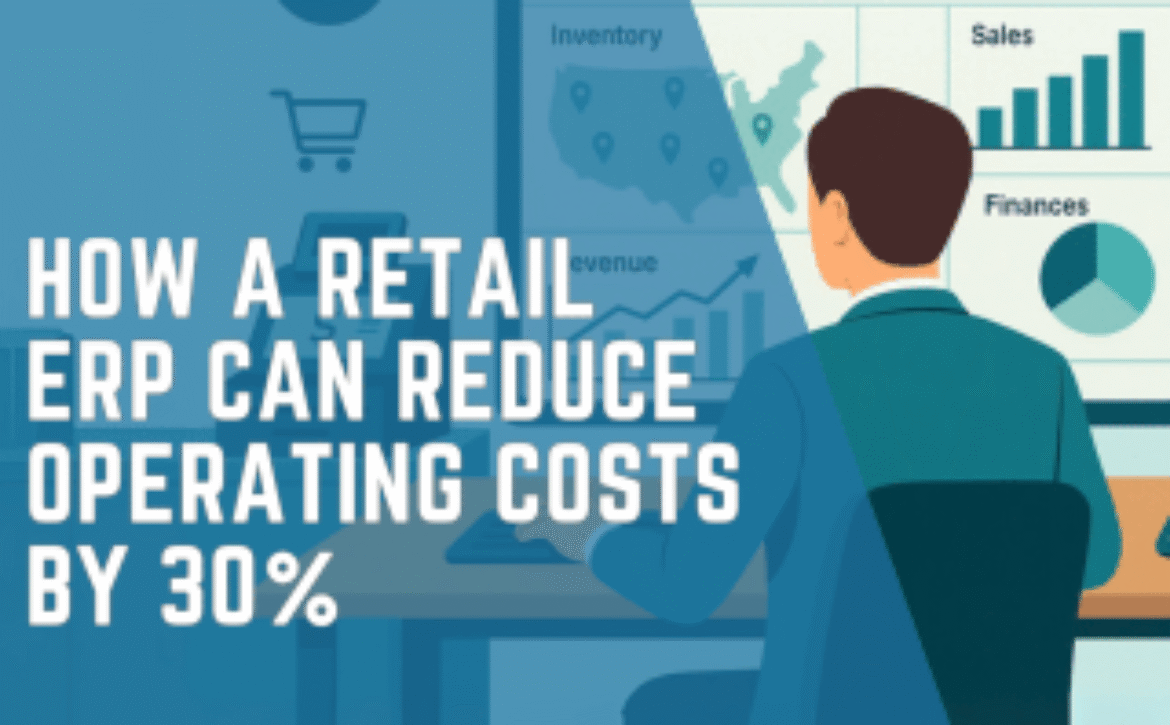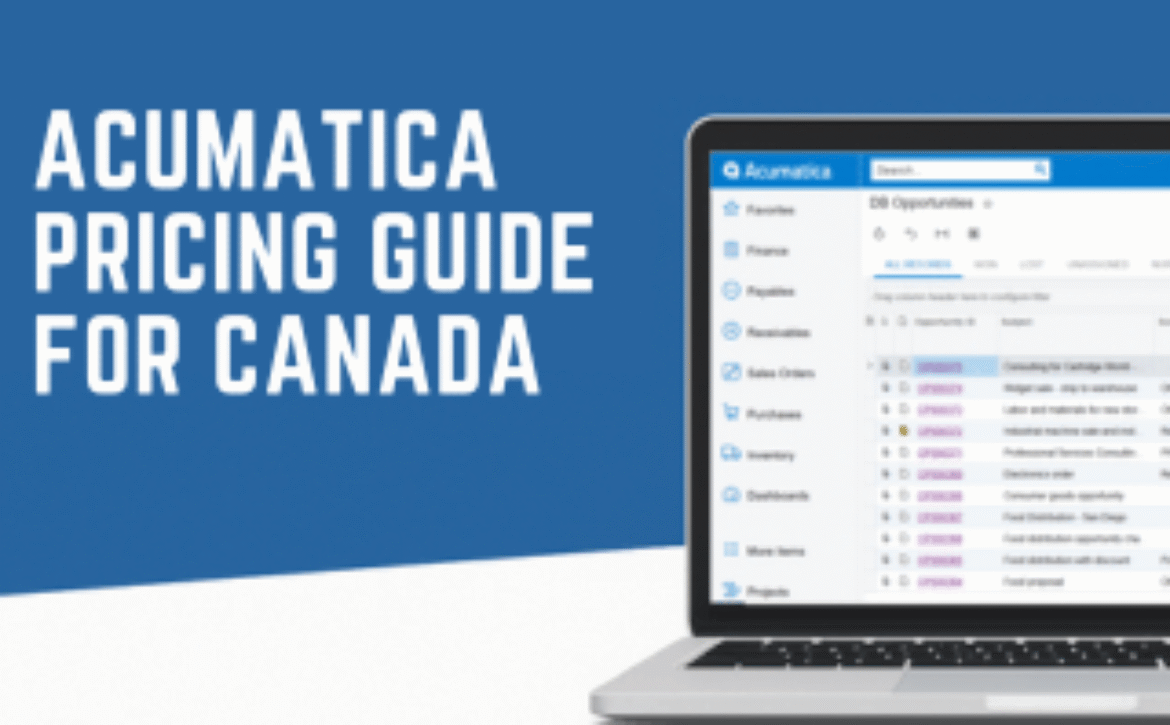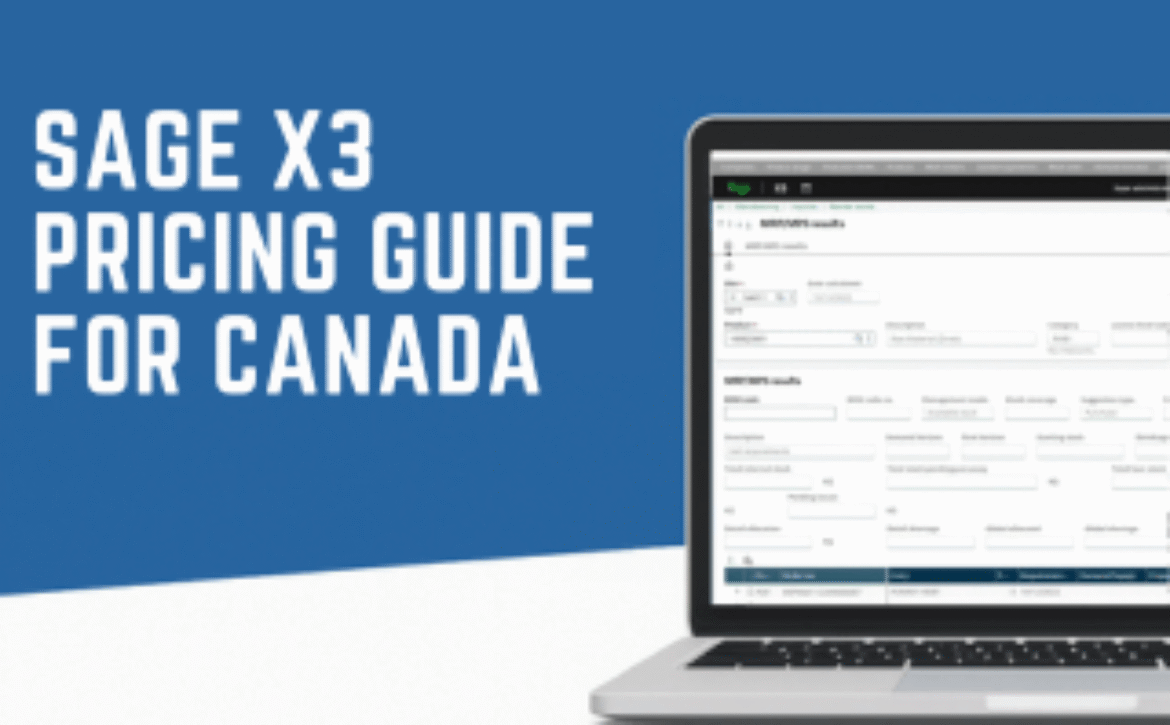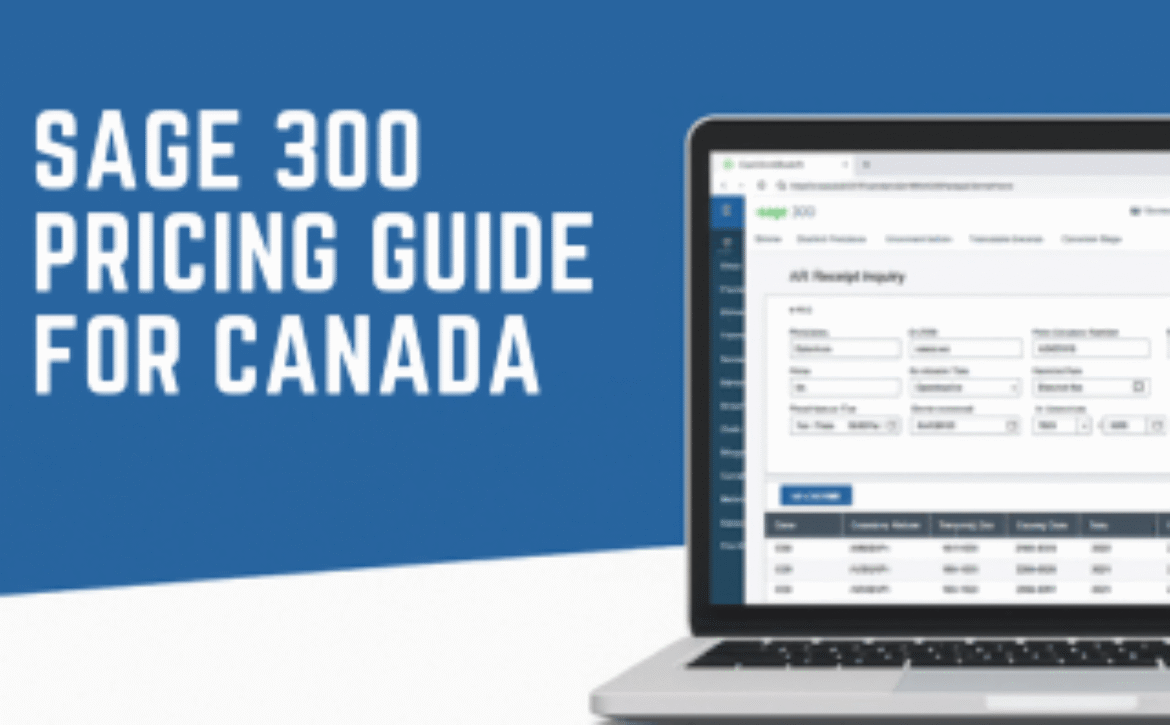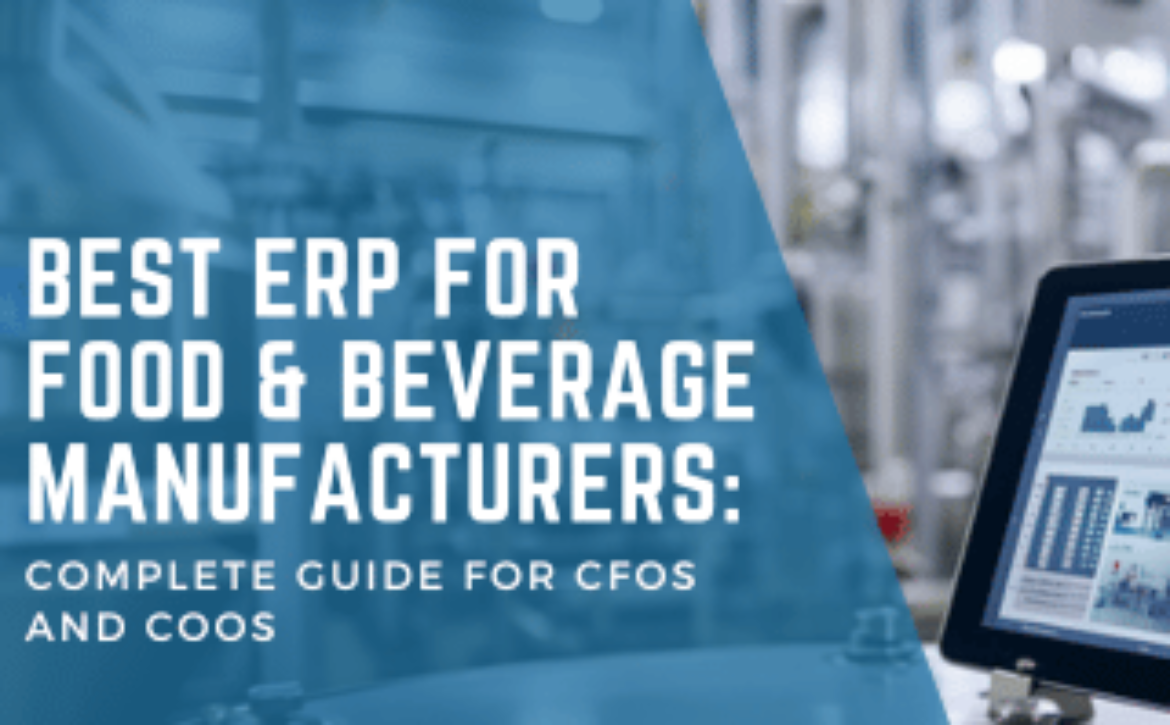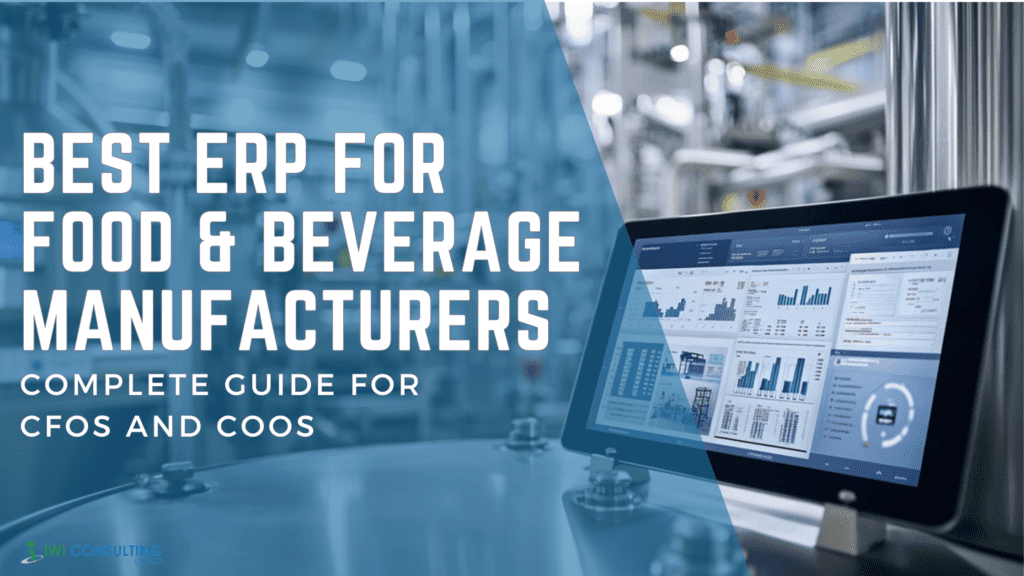Cost Control ERP for Automotive: Reduce Manufacturing Costs
In the high-stakes world of automotive manufacturing, the need for a cost control ERP for automotive has never been greater. Profit margins are constantly under pressure due to rising raw material prices, labor costs, global supply chain disruptions, and regulatory demands.profit margins are constantly under pressure. Rising raw material prices, labor costs, global supply chain disruptions, and regulatory demands have made cost management a critical priority for manufacturers and suppliers. While many companies have tried to tackle these challenges with spreadsheets or legacy systems, these tools often fall short.
That’s where a modern cost control ERP for automotive comes in. More than just accounting software, it’s a comprehensive platform for managing direct and indirect costs, improving production efficiency, and driving sustainable growth.
In this article, we explore how platforms like Sage X3 and Acumatica empower automotive companies to track, control, and reduce industrial costs through better planning, data visibility, and process automation.
The True Cost of Inefficiency in Automotive Manufacturing
Automotive operations are complex by nature. From multi-tiered supply chains and international logistics to custom configurations and quality assurance, inefficiencies can arise at any point. Common cost challenges include:
- Overproduction and excess inventory
- Manual errors in procurement and production tracking
- Lack of visibility into real-time expenses
- High scrap rates due to quality issues
- Inaccurate job costing and margin tracking
Without a dedicated cost control ERP for automotive, these issues can quietly erode profitability. An ERP system gives businesses the tools to quantify these inefficiencies and correct them proactively.
How Cost Control ERP for Automotive Improves Profitability
1. Detailed Job and Project Costing
Modern ERP solutions like Sage X3 and Acumatica track the true cost of manufacturing a part or component by consolidating:
- Labor time and rates
- Machine usage and downtime
- Material consumption (real vs. planned)
- Overhead allocation
These insights enable more accurate pricing models and better forecasting, helping companies avoid underestimating costs or overpromising to customers. With a cost control ERP for automotive, every step is traceable and measurable.
2. Integrated Inventory and Procurement Management
Poor inventory control is a hidden cost driver. ERP platforms automate inventory tracking and tie it directly to procurement workflows, ensuring:
- Optimal reorder points
- Reduced safety stock without risking shortages
- Lower carrying costs
- Real-time insight into stock valuation and movement
Sage X3, for example, provides multi-location inventory management, while Acumatica enables real-time inventory dashboards and alerts. This level of control is only possible through a dedicated cost control ERP for automotive operations.
3. Production Efficiency and Waste Reduction
ERP software helps reduce waste by optimizing shop floor operations through:
- Visual production scheduling
- Work center utilization analysis
- Scrap and rework tracking
- Bottleneck identification
By analyzing trends in downtime and throughput, a cost control ERP for automotive empowers manufacturers to increase equipment effectiveness (OEE) and drive lean initiatives.
4. Cost Control in Multi-Tier Supply Chains
Automotive companies often rely on dozens of suppliers for components. ERP platforms improve collaboration and cost control by:
- Consolidating supplier performance data
- Automating RFQs and purchase order approvals
- Tracking landed costs and supplier lead times
- Comparing actual vs. expected costs across tiers
Both Sage X3 and Acumatica offer procurement analytics that identify cost-saving opportunities through supplier consolidation and better contract terms. These features are central to a successful cost control ERP for automotive business models.
5. Real-Time Financial Reporting and Budget Control
ERP solutions provide CFOs and controllers with access to up-to-the-minute financial performance metrics, including:
- Variance analysis by project, department, or SKU
- Budget vs. actual tracking
- Cash flow and working capital monitoring
- Multi-entity and multi-currency consolidation
This data supports more informed decision-making and enables timely adjustments to prevent cost overruns. For many, a cost control ERP for automotive is the difference between reactive decisions and proactive financial strategy.
Real-World Impact of Cost Control ERP for Automotive Implementation
Let’s consider an automotive parts manufacturer that transitioned from disconnected systems to Sage X3. Before ERP, the company faced:
- 18% material waste rate due to inconsistent data
- Delays in supplier deliveries and production scheduling
- Poor insight into actual profit margins by product
Post-implementation results:
- Material waste dropped to 6% within six months
- Procurement cycle time reduced by 35%
- Net profit margin improved by 12% through better cost tracking and pricing accuracy
Similarly, an Acumatica customer in the EV components space improved warehouse efficiency and cut operational costs by 15% through real-time inventory and production reporting. These are tangible results driven by adopting a cost control ERP for automotive.
Why Sage X3 and Acumatica Are Ideal for Cost Management
Sage X3
- Strong cost accounting and traceability features
- Integrated quality and compliance management
- Multi-site and multi-legislation support
Acumatica
- Scalable cloud infrastructure for growing manufacturers
- Robust financial reporting with real-time dashboards
- Open APIs for integration with PLM, MES, and logistics tools
Both platforms support cost optimization initiatives by breaking down silos and delivering accurate, cross-functional data. As leading options for cost control ERP for automotive, they help companies manage complexity and scale with confidence.
Future Trends: Data-Driven Cost Optimization
The next frontier in cost control involves:
- AI-powered predictive analytics for identifying cost anomalies before they happen – learn more in AI That Works for You: Acumatica AI ERP Solutions.
- Digital twins to simulate process changes and forecast cost impact
- IoT integration to monitor machine performance and predict maintenance costs
- Sustainability tracking to reduce energy usage and meet regulatory demands
Sage X3 and Acumatica are investing in these capabilities to ensure manufacturers can adapt and grow profitably. Businesses embracing a modern cost control ERP for automotive are best positioned for long-term success.
Conclusion: Building Profitability Through Cost Control ERP for Automotive
Cost control isn’t just about cutting expenses—it’s about enabling smarter, faster decisions with accurate, real-time data. ERP solutions like Sage X3 and Acumatica give automotive companies the tools they need to manage complexity, improve margins, and remain competitive.
Adopting a cost control ERP for automotive enables your business to:
- Identify and reduce waste across the supply chain
- Improve pricing strategies and margin analysis
- Monitor and control indirect and hidden costs
- Adapt quickly to market shifts and operational risks
How IWI Consulting Group Can Help
IWI Consulting Group is a Canadian ERP specialist with deep expertise in Sage X3 and Acumatica for the manufacturing sector. We work closely with automotive companies to:
- Evaluate current cost control challenges
- Recommend and implement the right cost control ERP for automotive
- Configure dashboards and reports for better visibility
- Optimize workflows for inventory, procurement, and production
- Train staff and provide ongoing technical support
From Tier 1 suppliers to specialty part manufacturers, IWI helps you turn ERP into a strategic asset for financial performance.












